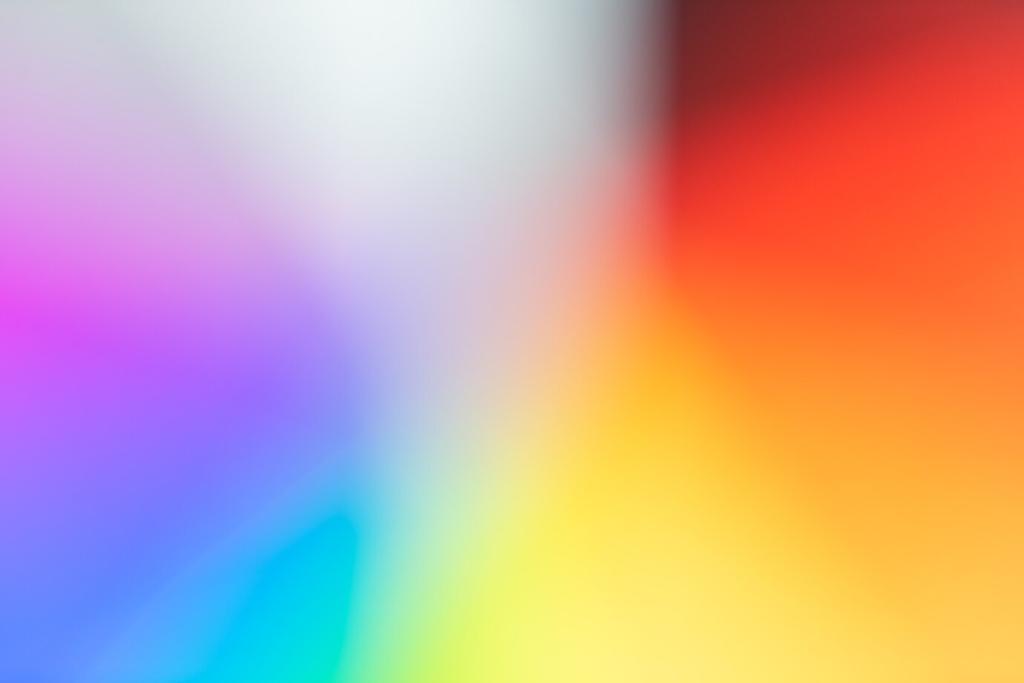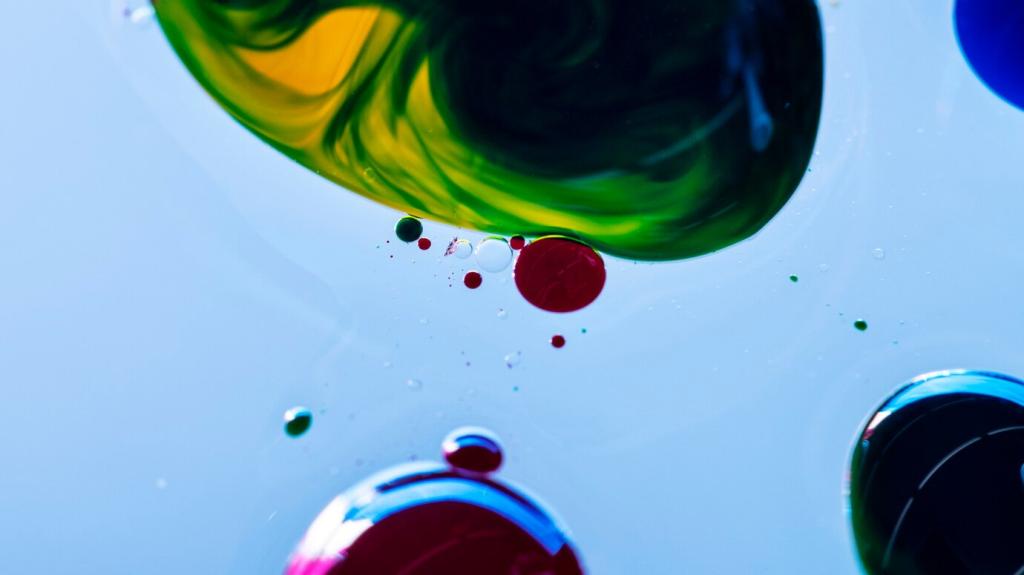Influence of Colors on Mood and Atmosphere in Home Decor
Color is one of the most significant elements in shaping the mood and atmosphere within a living space. The shades you choose for walls, furnishings, and decorative pieces not only reflect your personal style but also subtly evoke feelings and perceptions in all who enter your home. Understanding the psychological impact of color can empower you to create environments that foster relaxation, inspiration, or energy, tailored to each room’s purpose. This exploration delves into how color choices influence home ambiance and how you can skillfully harness their power for optimal comfort and emotional well-being in your home decor projects.
The Science Behind Color Psychology
How Colors Influence Emotions
Color affects our feelings due to both learned associations and innate biological responses. For example, red is often linked to excitement and intensity, possibly because of its connection to danger or passion in nature. Conversely, blue tends to evoke calmness and security, reminiscent of clear skies and tranquil water. Homeowners who understand these associations can purposefully use color to elicit desired emotions—from energizing a workout space with warm tones to creating a restful sanctuary with cool pastels.
Cultural Dimensions of Color Perception
While scientific studies reveal broad patterns in how colors affect mood, cultural context plays a significant role in shaping our responses. For instance, while white may symbolize purity and cleanliness in Western cultures, it is sometimes associated with mourning in Eastern traditions. These nuances can impact decisions in home decor, particularly in multicultural families or spaces intended to welcome guests from diverse backgrounds. Considering cultural symbolism ensures that your color selections create the intended ambiance without unintended emotional responses.
Biophilic Responses and Natural Hues
Humans have an inherent affinity for nature, and this is reflected in our responses to natural colors. Green shades, reminiscent of forests and foliage, tend to relax and rejuvenate, while earthy browns ground a space and foster stability. By integrating natural tones and materials, you can tap into our biophilic instincts, creating rooms that feel more inviting and supportive of well-being.
Warm Colors and their Energizing Effects
Red is one of the most dynamic colors available to decorators. Its presence can raise energy levels, stimulate appetite, and even increase heart rate—making it a popular choice for dining rooms and living spaces designed for entertaining. However, overuse of red can overwhelm a room, so thoughtful placement is essential. Accent walls, statement furnishings, or curated decorative objects can provide a pop of excitement without overpowering the overall experience.
Orange blends the passion of red with the cheerfulness of yellow, creating a stimulating yet welcoming vibe. This color is particularly effective in spaces where creativity and communal interaction are encouraged, such as home offices or family rooms. The sense of warmth and playfulness that orange conveys can help foster open communication and innovation, making it ideal for families and creative professionals alike.
Yellow beams positivity into any space, radiating a sense of cheerfulness and brightness. Its association with sunlight makes it a natural choice for kitchens, breakfast nooks, and bathrooms—areas where a sense of renewal and morning energy is desired. While pale yellows can gently lift the spirit, bold shades demand attention, so it’s important to match intensity to your room’s specific mood goals and natural lighting conditions.

Cool Colors for Calm and Restoration
Blue: Tranquility and Focus
Blue is synonymous with calmness and order, making it a go-to for areas dedicated to relaxation and focus. Bedrooms painted in shades of blue can promote deeper sleep and reduced anxiety, while light blues in home offices encourage clarity and concentration. The versatility of blue—from cool aquas to classic navies—allows for diverse expressions, each offering its own calming influence on the space and its inhabitants.


Green: Renewal and Harmony
As the color most associated with nature, green invites renewal and balance into the home. Its restorative properties make it especially suitable for spaces where relaxation and rejuvenation are paramount, such as bathrooms or reading nooks. Green also bridges the gap between warm and cool tones, allowing it to harmonize easily with a variety of other colors, enhancing both the aesthetic and emotional atmosphere of your interiors.
